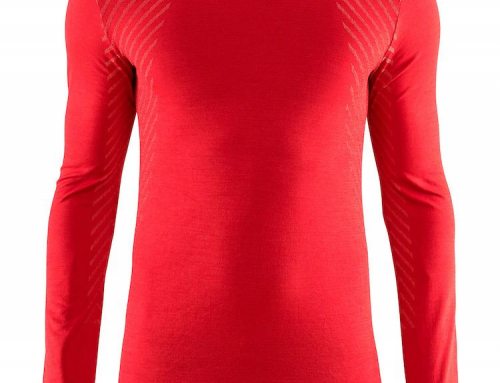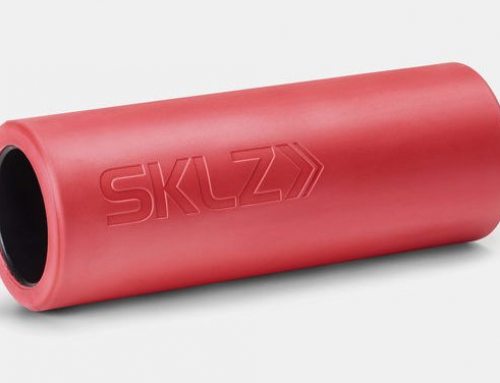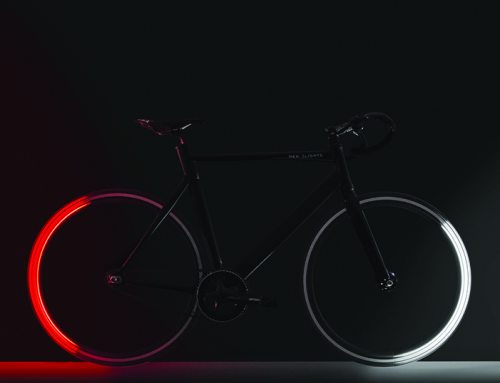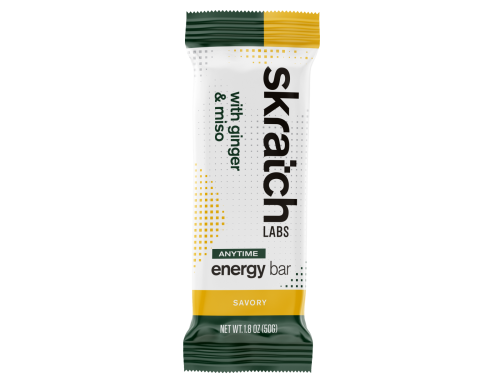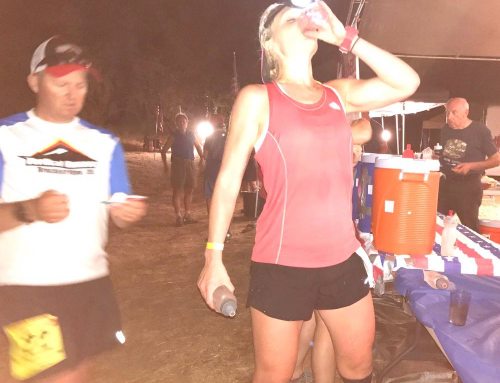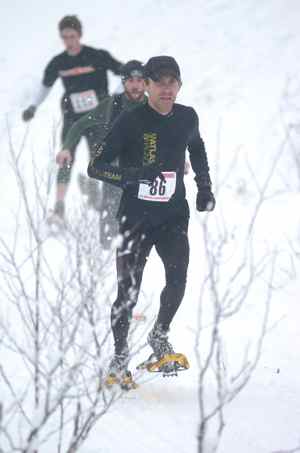
These are some of the items you might consider using on a typical snowshoe outing:
- A pair of properly fitting snowshoes suited to your expected use, e.g., hiking/trekking, running/racing or backpacking.
- A pair of hiking boots, snow boots or running shoes. Most any style of footwear will fit into a typical snowshoe binding.
- A pair of good warm socks.
- A pair of tights, covered by a light nylon windpant. These will keep you warm and dry and the nylon windpants will not collect snow.
- A technical undershirt that will wick moisture away from your skin without holding the dampness.
- A breathable shirt that will allow the moisture to pass through it so you don’t become damp, clammy and chilled. A shirt that has buttons or zippers will allow you to regulate the retention or dispersion of body heat.
- A jacket that is suitable for the worst conditions you could expect to face during your outing.
- A cap, or, as we call them way up north, a tuque. Most body heat is lost through the head.
- Gloves or mittens to keep your hands warm.
- Sunglasses. The glare of the sun off white snow can be very damaging to the eyes and is also quite fatiguing.
- Water, if you expect to be out for an extended period of time. Use a camelback or a belt that can hold water bottles.
- A fanny pack or a small backpack with a high-calorie snack. You’ll be burning lots of calories on even a short outing.
- A cell phone in case of emergencies. But don’t depend on reception. Tell a friend where you expect to be going and how long you expect to be out.
- A camera. You’ll want to record how much fun you’re having!
And don’t forget to be informed. Know the weather forecast and what you should expect for snow conditions.


